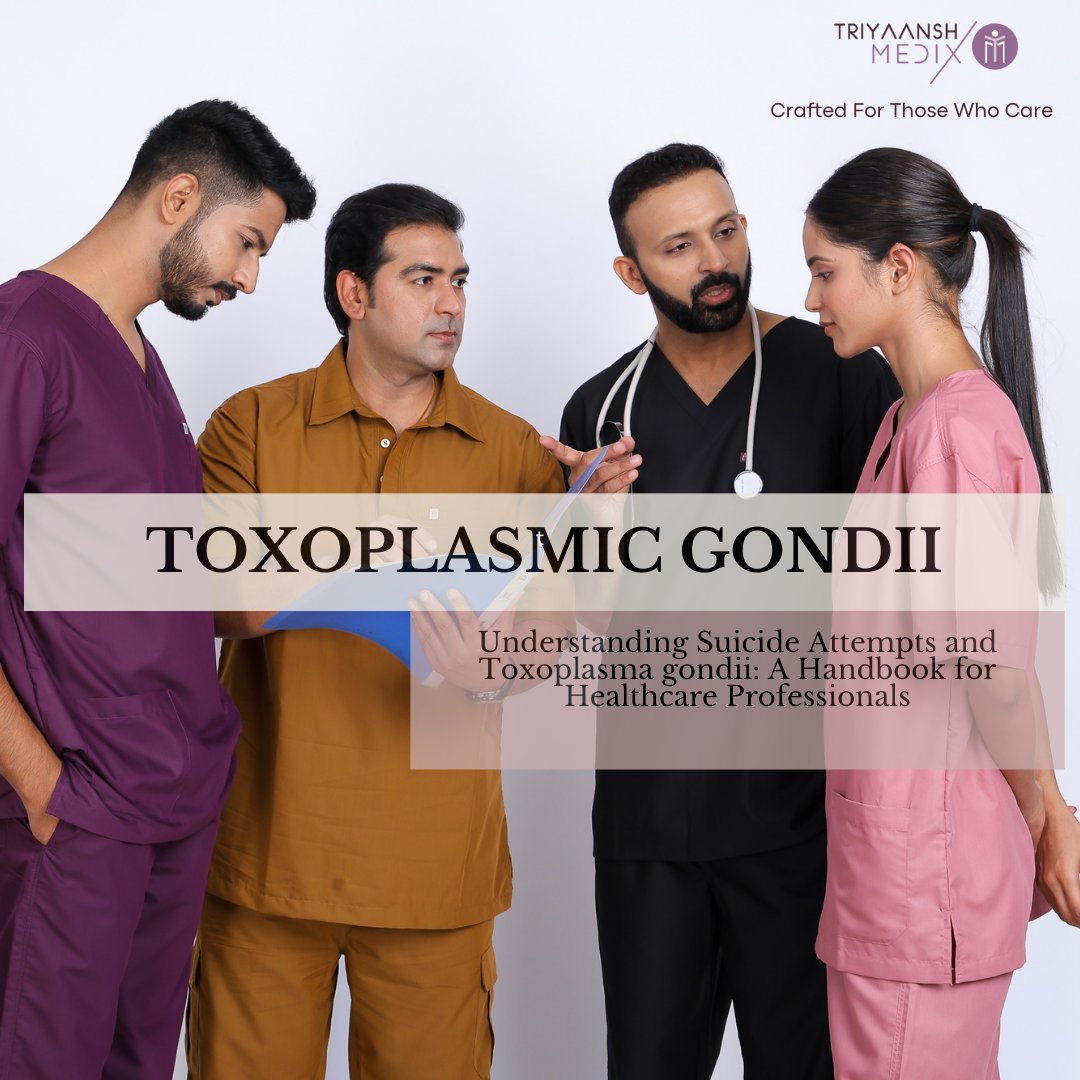Color Psychology in Healthcare: How Your Medical Uniform Affects Patient Perception
The Strategic Advantage of Color-Conscious Uniform Selection
In the competitive healthcare landscape, every patient experience aspect matters. Uniform colors can influence perception, comfort, and clinical outcomes. Make informed decisions based on your setting, population, and goals to address patient needs. Discover medical apparel that meets durability, comfort, and uses color psychology for patient interactions.
The Ultimate Guide to Cotton Blend Medical Scrubs: Properties, Benefits, and Care
Cotton blend scrubs represent the ideal balance of comfort, durability, and performance for today's healthcare professionals. By understanding the specific properties of different blends, you can select medical apparel that enhances your comfort, supports your performance, and maintains a professional appearance throughout demanding shifts.
Explore the Triyaansh Medix collection of premium cotton blend scrubs to experience the difference quality fabrics make in your daily comfort and professional presentation.
A Comprehensive Guide on Selecting the Best Scrubs for Extended Shifts
Are you sick of wearing uncomfortable scrubs that make working long shifts even harder? Your comfort and productivity at work might be greatly enhanced by selecting the appropriate scrubs. In this guide, we'll walk you through the essential factors to consider when selecting the best scrubs for your long shifts.
Breakthroughs in Cancer Immunotherapy: Transforming Treatment Approaches
Introduction of PROTACs
A significant advancement is the development of a novel compound known as NR-V04, a proteolysis-targeting chimera (PROTAC). This compound has shown promise in laboratory and mouse models by effectively slowing tumour growth in skin and colorectal cancers. Unlike traditional antibody-based therapies, NR-V04 targets intracellular proteins, particularly NR4A1, which plays a crucial role in suppressing immune responses against tumours. This mechanism allows for enhanced immune activation against cancer cells, potentially offering new treatment options for patients who do not respond to existing immunotherapies.
"Navigating Viral Landscapes: Key Differences Between HMPV and COVID-19"
First discovered in 2001, the Human Metapneumovirus (HMPV) is known to cause minor respiratory infections, especially in susceptible groups such young children, the elderly, and people with weakened immune systems. On the other hand, COVID-19, which was brought on by the new coronavirus SARS-CoV-2, appeared in late 2019 and has been linked to a number of symptoms as well as serious health issues.
Understanding Suicide Attempts and Toxoplasma gondii: A Handbook for Healthcare Professionals
The link between infectious agents and mental health has received increased attention in recent years. Toxoplasma gondii (T. gondii), a common parasitic infection, has been linked to a variety of psychiatric illnesses, including suicidal ideation. This guide intends to educate healthcare workers about the potential link between T. gondii infection and suicide attempts, focusing on major data from recent studies.















